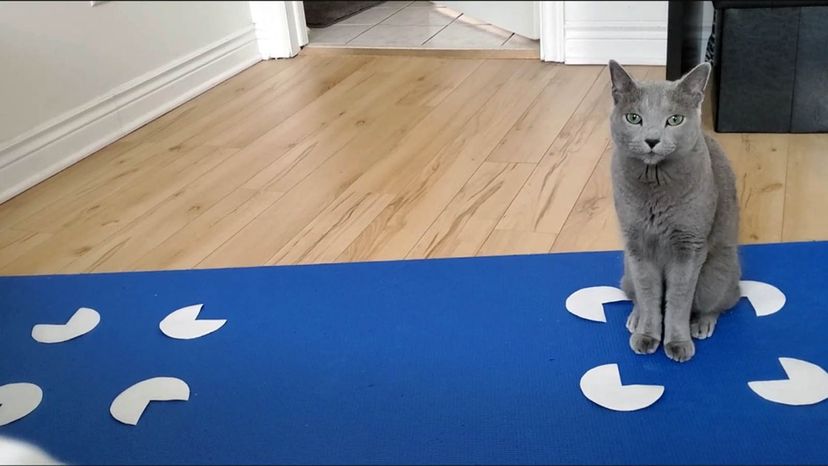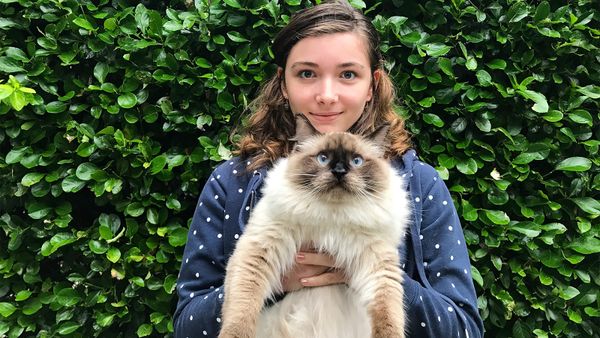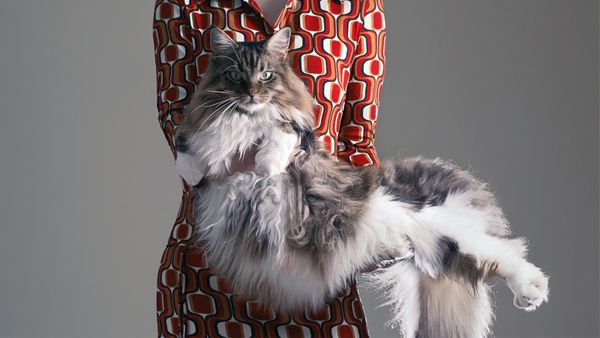
It's common knowledge that if an empty box of any size is left unattended and a cat finds it, that cat will sit inside. Tiny cats in large boxes, large cats in tiny boxes — doesn't matter. "If I fits," the cat says in its little cat brain, "I sits."
Anyone who lives with a cat has seen this happen. And it doesn't even have to be a box; it turns out any square will do. A piece of paper, a laptop, anything rectangular seems to light up that box-sitting instinct in housecats. In 2017, the Twitter hashtag #CatSquare highlighted this cat quirk. Merely taping an empty square on the floor was enough to lure a cat to sit or lie down inside it.
Advertisement
A couple of years later, this hashtag would help animal psychology researcher Gabriella Smith at Hunter College, City University of New York, construct an experiment to gauge cat cognition. In April 2021, her research, entitled "If I Fits, I Sits: A Citizen Science Investigation Into Illusory Contour Susceptibility in Domestic Cats," was published in Applied Animal Behaviour Science.




